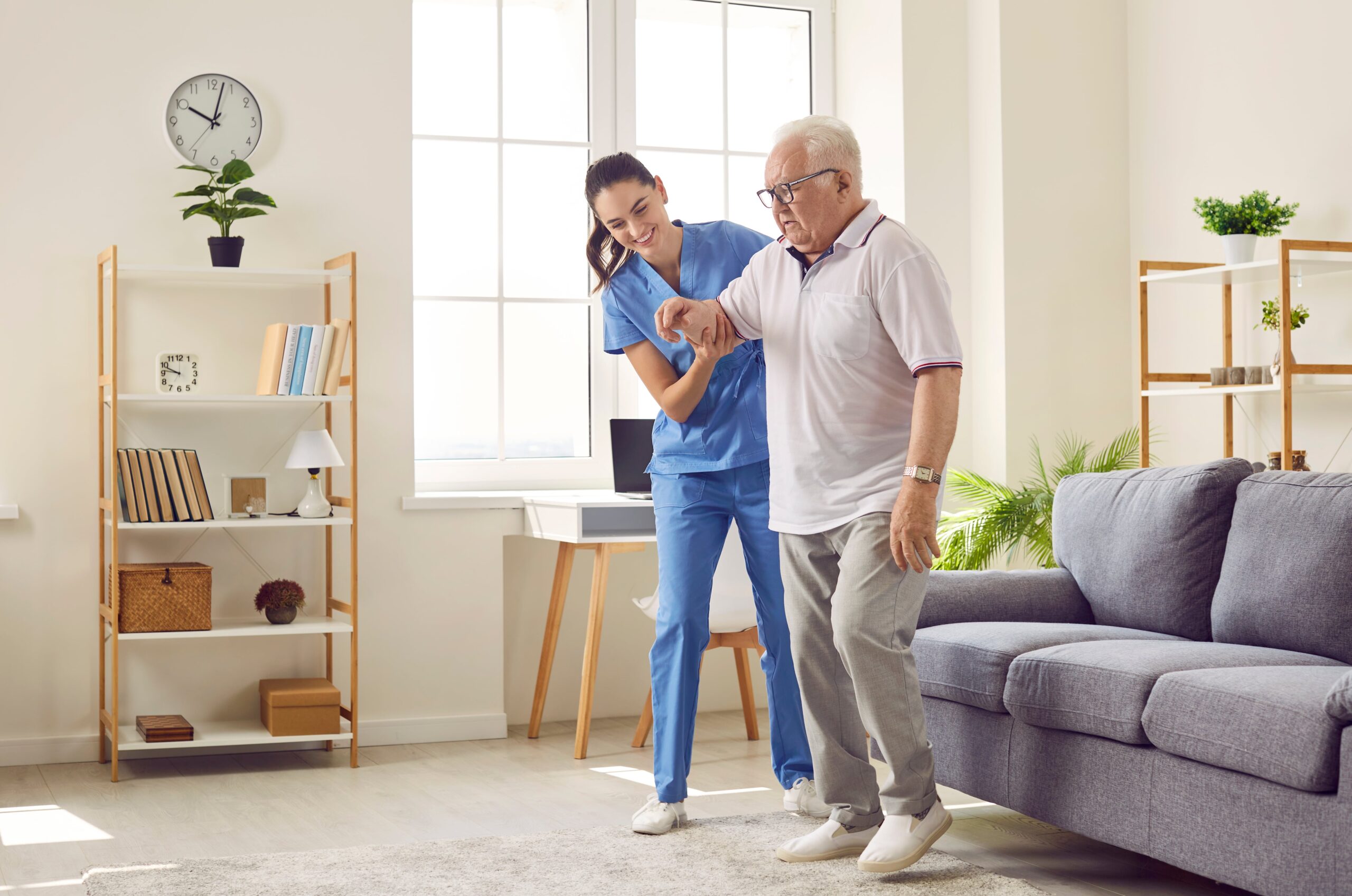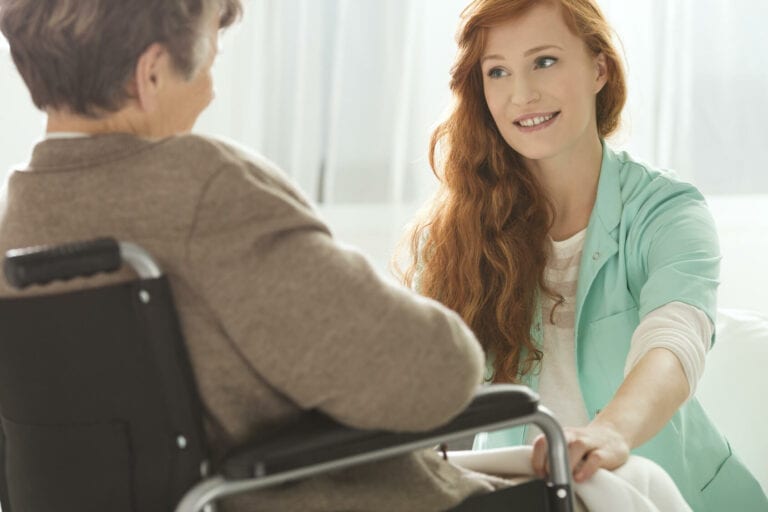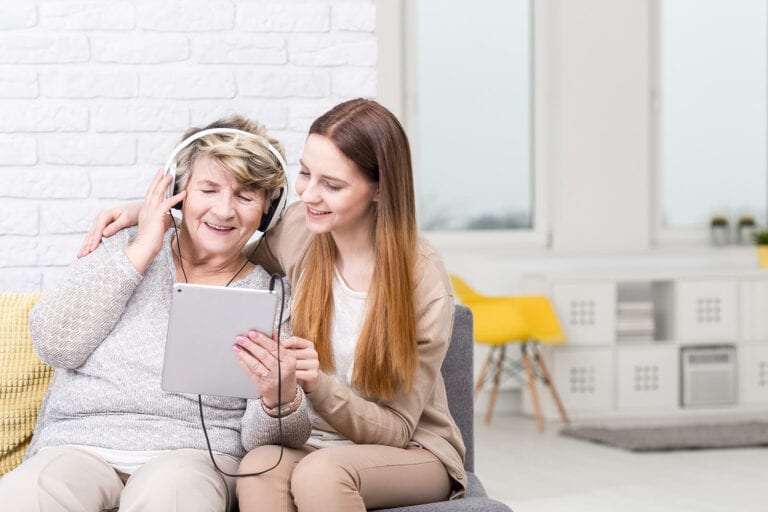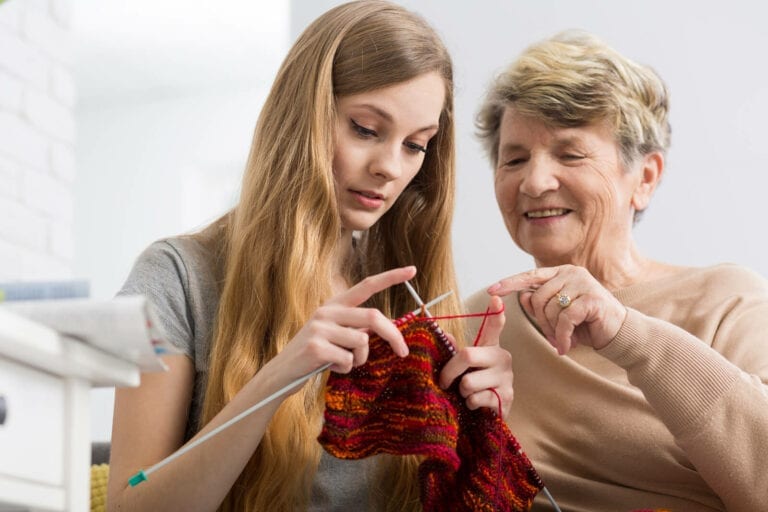A diagnosis of dementia can be life-altering. “behavioral and psychological symptoms of dementia” (BPSD) include agitation, violence, wandering, resistance to care, delusions, hallucinations, and repetitive speech, in addition to the more familiar difficulties with memory, reasoning, language, and judgment. Dementia patients and their loved ones should be aware that these symptoms are common reasons for admission to a nursing home.
[ez-toc]
How do caretakers deal with difficult behaviors like these? However, there are complications linked with drug usage, such as side effects that can lead to major health issues, and doctors frequently prescribe pharmaceuticals such as antipsychotics, antidepressants, and anti-anxiety meds to assist calm patients. According to recent research, non-pharmaceutical treatments that relax and reassure patients should be prioritized as the first therapeutic step for problematic dementia symptoms.
Which approaches have the most success? The following three drug-free treatments for dementia are effective in recent high-quality studies. You can learn more by clicking the titles and reading the abstracts of the studies that they summarize.
Caregivers: We’re getting to know you all.
The most successful methods take into account each patient’s unique history, preferences, values, culture, and talents to tailor treatment plans and methods of communication to maximize the likelihood of the patient’s satisfaction.
Caregivers also benefit from person-centered care since it increases their happiness on the job and decreases the likelihood of burnout.
Stimulation of the senses: The therapeutic value of touch
Hand massage is just one form of sensory stimulation that has been shown to improve the mood and behavior of persons living with dementia.
Sensory stimulation: The healing power of touch
The soothing and energizing effects of music are appreciated by many. Studies have found that playing soothing music at mealtimes increases group cohesiveness. Those with dementia who are more resistant to care may show improvement in behavior when listening to the music of their choice while receiving one-on-one personal care, such as a bath. Similarly, patients with dementia in long-term care settings who participate in a music-based therapeutic technique for five or more sessions may experience fewer depressive symptoms and fewer behavioral problems overall.
Research is also being conducted on the effectiveness of bright light treatment, doll therapy, pet therapy, and aromatherapy in reducing agitation in nursing care residents.
It is not unexpected that researchers are eager to try new treatments and cures for dementia in light of the disease’s rapidly increasing prevalence and the tremendous burden it places on patients, their loved ones, and healthcare providers. Unlike pharmaceutical solutions, non-drug interventions have not only been shown to be safe for persons living with dementia and their caregivers but also to be effective in reducing problematic behaviors linked to the disease.
Bright Light
Dementia sufferers can benefit emotionally from exposure to bright light. The circadian rhythm is highly light-dependent. Nine hours of daily exposure to bright light has been found to reduce dementia and depression symptoms in nursing home residents. It also helped with sleep, mood, and behavior problems, as well as functioning capacities.
In the research, melatonin supplementation shortened the time it needed to fall asleep and lengthened the total time spent sleeping. When administered alone, however, it led to increased daytime isolation among patients. Melatonin decreased aggressive behavior and did not cause resident withdrawal when given in conjunction with strong light therapy. Based on these findings, melatonin should only be taken in conjunction with intense light treatment.
Rummage Bags
Dementia sufferers frequently experience a sense of loss due to the decline in their cognitive abilities. Feelings of unease or irritability may arise as a result of this loss of connection. Dementia patients can be kept busy and content with a rummage bag by engaging in an activity that is meaningful to them. It’s a great way to break up the monotony of a long commute.
Bring a bag with a variety of everyday items that could be fun to touch, move, and investigate, such as a large purse, a man’s toiletries bag, or any other bag. It’s a perfect size for storing household essentials. Avoid anything that could be swallowed whole, anything sharp, or anything that can be taken apart. Try something different. A random assortment of items such as keys, an address book, a wallet, an unbreakable mirror, a coin purse, a small stuffed animal, a non-sharp kitchen gadget, sample credit cards, photographs, a TV remote without batteries, a comb, poker chips, an old cell phone, a sealed flashlight, and a bottle opener might be found in a bag.
Distraction Kit
Make a box or bag full of fun, surprising, and engaging things to do when you need to divert someone’s attention. The patient may have such positive associations with the box that he or she swiftly shifts focus to it. Include things like scented oils or perfume, a music box, a picture book, lotion for a hand or foot massage, a flannel blanket to warm in the dryer and wrap over your feet, and maybe even some sweets.
Redirection
This method is incredibly helpful for healthcare providers. The following are a few illustrations:
Patient: “Leave me alone! Avoid touching me!”
Response: Walk away, alter your appearance (such as by putting on a new blouse or sweater), or try a distraction like serving food. Allow someone else to approach the patient if they are available.
Patient: Stating the same thing again.
Response: Clasp hands with the patient and speak the words together. Then sing a well-known tune to him or her before returning to the song’s original lyrics.
Patient: ” I’m ready to leave this place!”
Response: ” Which location would you prefer? Where are you going? “How is that place? Who will attend? Start mentioning such people. Gently move the topic to the location or the cars the person has owned in the past.
Patient: Where is my suitcase (or my wallet)? My bag was stolen by someone!”
Response: Let me assist you with your search. If you frequently worry about this item, keep a suitcase or wallet handy that you can “discover.”
Patient: “I want to go to Sacramento.”
Response: “Okay. But you need to get dressed and have breakfast first.”
Home Care Near Me Let’s Get Started!
Get Immediate Help with Information, Costs & Payment Options.







